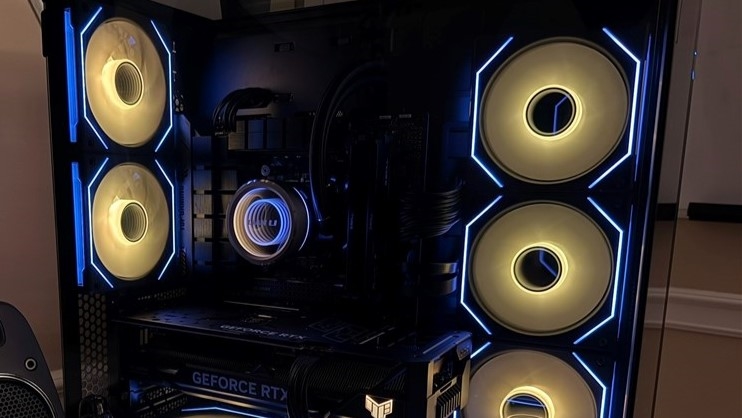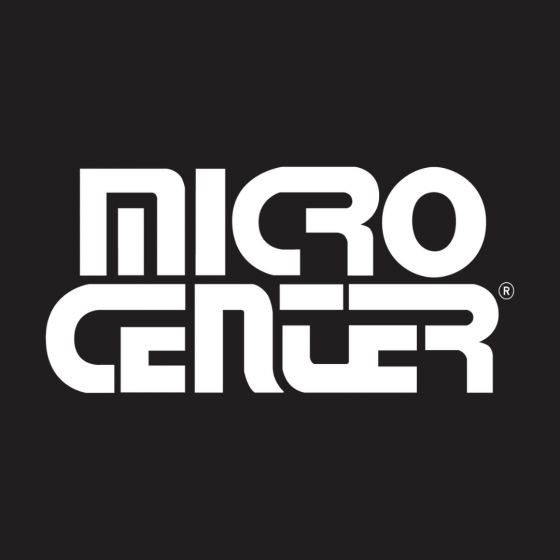3D Printing with Light: Learning to Use a Resin Printer
Written by @jbobo319
I got started 3d printing in the spring of 2020. Originally, I planned for 3D printing to be a cost-effective way to obtain respirators. Instead, I quickly found a new favorite hobby. Nearly three years and two more Ender 3 Pros later and I’m still going strong… with one exception: I had never used a resin printer before!
It's hard to pin down just one reason for this. I’ve always been more interested in practical designs, like replacement parts and quality-of-life prints, and resin printing tends to lean a bit more on the model and niche design side of things. It also produces more fumes than the traditional 3D printer and my home setup isn’t quite equipped to handle that.
But when I was given the opportunity to use a resin printer, I absolutely jumped at it! And I was immediately surprised by how much of my 3D printing knowledge came in handy, but more surprised at how much I had yet to learn. So, I started off like any good student of the technology age: by watching a lot of YouTube how-tos until I felt comfortable enough to start it on my own. These are the big takeaways:
The Top 3 Things To Know Before Resin Printing
- Photopolymer resins can get HOT and you should handle them with care. If you spill some on yourself you may not notice until you go outside or are otherwise in UV light, but you will definitely notice then. The reason for this is that photopolymer resins have an exothermic reaction to UV radiation and have been known to cause serious burns in cases where proper safety procedures were ignored. Nitrile gloves are an absolute must. Don’t fear resins; show them respect and keep to standard safety procedures.
- Wear a respirator while handling the resins, and if possible print in an area with good ventilation and where no one will be. I did not pay quite enough heed to this warning, but I corrected this the very next print.
- Unlike printing with filament, once a resin print is complete you have a fair amount left to do. Resin prints are only partially cured and covered in liquid resin when they come out of the printer. Washing in your print IPA and finishing the curing process can take a few more hours.
My First Experience Printing With Resin
Once I got relatively up to snuff, I scoured Thingiverse and found the perfect STL for my light blue resin. This (https://www.thingiverse.com/thing:5682965) Articuno seemed perfect so I threw it in the slicer that came with the printer, angled it at 30° (for ease of removal from the base), and used the recommended settings. Once the print was washed and cured, I broke away the supports, which are very different in structure from FDM or filament supports as these supports may be generated in more places than necessary and/or not generated in places they are needed. I very much recommend manually reviewing the automatically generated supports in your slicer.
What remained on the print was a ton of small nubs. Needless to say, I am not a fan of that. I also had some misshapen feathers and the tail was that way as well. I spent a lot of time “researching” (watching YouTube videos) before realizing that most of those issues were my fault: my exposure times were off, and automatic supports aren’t quite as automatic as they are in Cura.
These technical issues aside I had one issue that was immediately noticeable: the fumes. I had left the printer running in an office and closed the door, thinking that would contain the fumes. It did not. I didn’t have any negative reaction to the scent, but it's not exactly a sandalwood candle. I am lucky enough to have an old, broken mini fridge that I was using to store my filament. I will be cutting two holes in the refrigerator, designing and printing adapters to 4-inch flexible ducting, and using an inline duct fan to exhaust the fumes out the window. It’s not exactly high-tech fume removal, but its definitely necessary if you’re using a resin printer indoors.
Once I had a better handle on everything, I took this Deadpool STL file (https://www.thingiverse.com/thing:4543820) from Thingiverse, sliced it up with no supports and hit print. Everything went swimmingly, and I most definitely didn't forget to bolt down the vat, ruining that whole print. Once my successful *second* print came out I washed and cured it.
Is Resin Printing Worth It?
While I would say that I'm very happy with my first successful print, you may be asking yourself if all of this is worth the hassle of trying to figure out a new technology, especially after seeing my struggles. I’m here to say that, even with multiple issues, it absolutely is.
Both resin printers and traditional filament printers have their strengths and weaknesses, one of the key benefits of resin printers over FDM or filament printers is that it doesn't matter how much is on the build plate. The only thing that matters is how tall the print is, so you could print a bunch of small parts much faster than you ever could on an FDM printer. You also get a lot more detail in your resin prints, as FDM printers are generally limited to 0.12 mm per layer, making it very easy to see the layer buildup. Resin printing on the other hand can print at around 50 microns thick - about the same thickness as a human hair - making the layers almost imperceptible unless you have a macro lens.
I sincerely hope that this helps shake off some nerves around resin printing. I'm very excited for this up-and-coming printing technology and I can’t wait to experiment with different resin material properties and see what they have to offer. Resin printing is new, different, and comes with its own set of troubleshooting, but also has so much to offer the 3D printing community.






.png)




